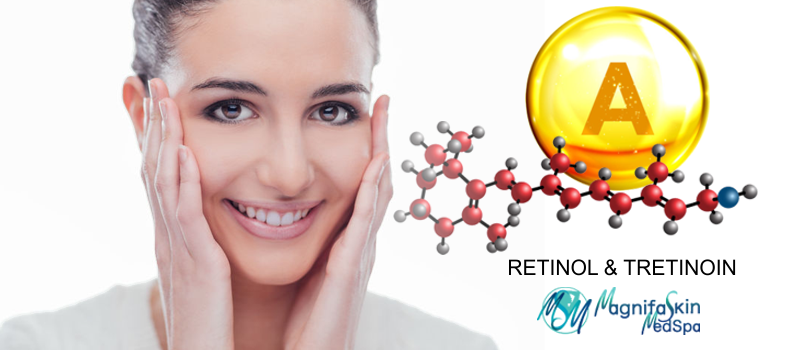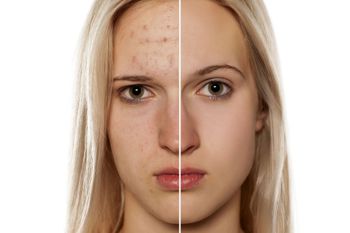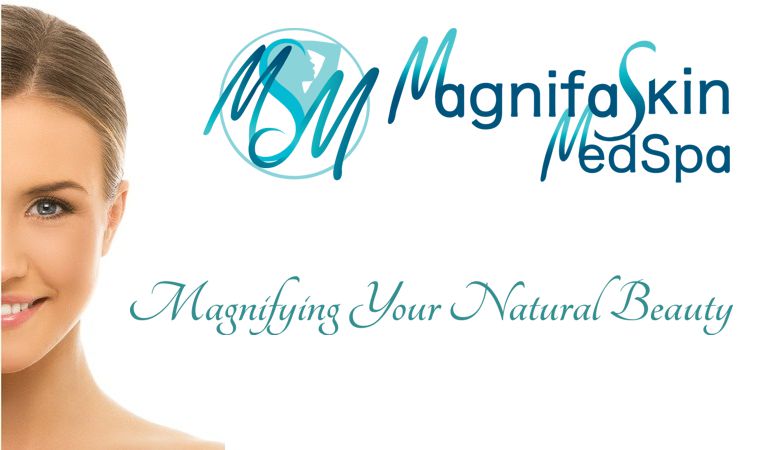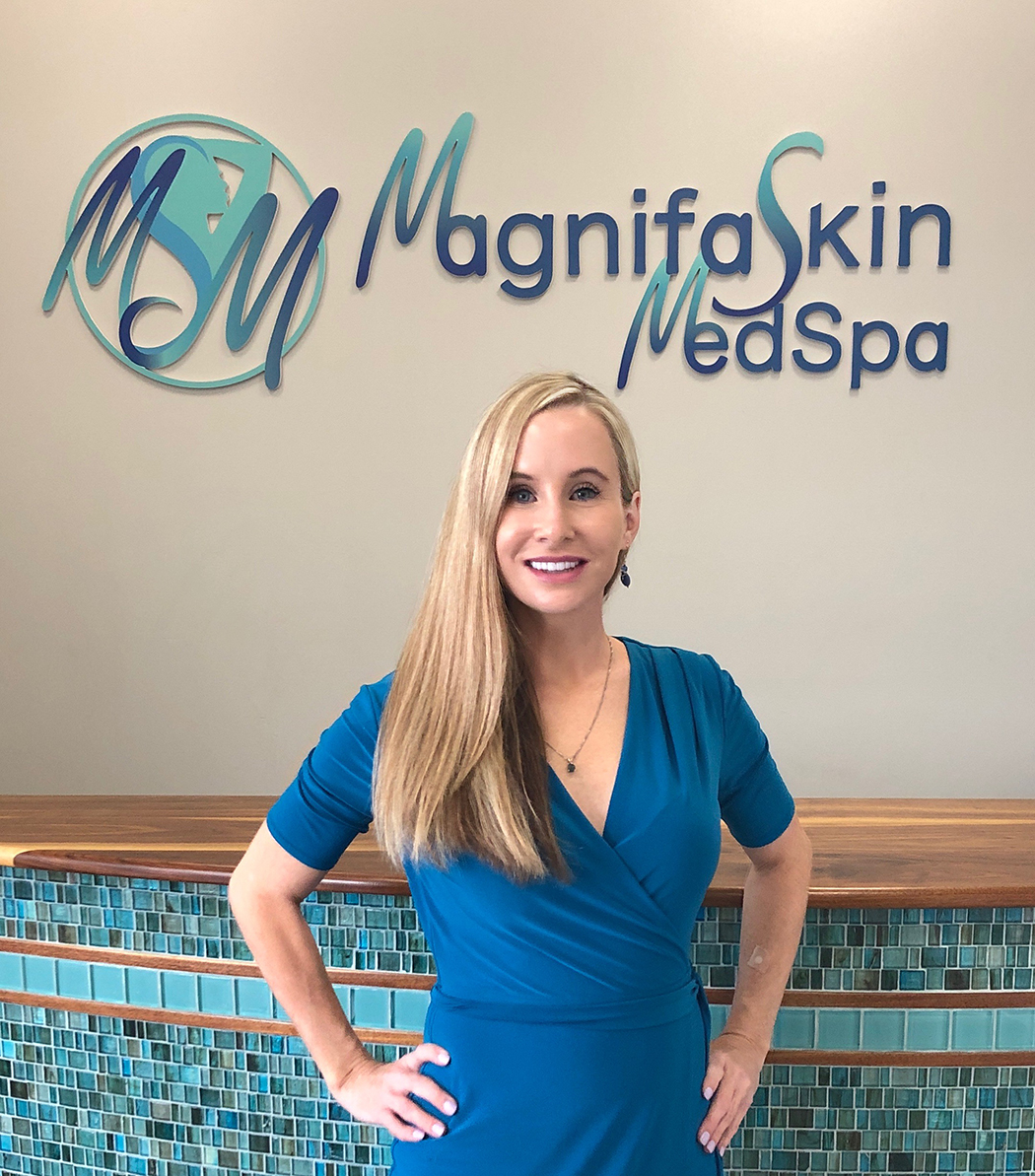
Retinol and Tretinoin Demystified
In the constant battle to keep our skin younger longer, we humans have used some pretty weird stuff over the centuries. Some of the stranger ones have included crocodile dung and (Yikes!) lead powder. Fortunately, modern science has discovered compounds that actually work. And you won’t have to wrestle a crocodile to get them. Two treatments that have been proven to work are Retinol and Tretinoin (also called retinoic acid and originally sold under the brand name Retin-A). Both of these fall under the category of retinoids, just to make keeping them differentiated a bit more confusing. But what are they? And how do they work?
Retinol Doesn’t Actually Do Anything!
Do I have your attention? OK, that heading was a little misleading. Retinol creams absolutely do work. Their effectiveness has been proven by numerous scientific studies. But it’s not actually retinol that’s improving your skin.
Now, to clear up some confusion. Tretinoin and retinol are almost the same thing. Retinol is a precursor to tretinoin. Retinol creams are milder because our body has to turn the retinol into tretinoin to use it. Tretinoin creams contain the already converted retinoid and so go to work faster. But in the end, both creams put tretinoic acid (tretinoin) into your skin and it’s the tretinoic acid that does the magic.
How Are They Related to Vitamin A? Can I Just Eat Carrots?

While we would never tell you that you shouldn’t eat your vegetables, eating carrots and other vegetables high in carotenoids won’t produce more tretinoin in our skin.
Most of us were told when we were kids to eat lots of carrots, as the vitamin A in them is good for our eyesight. This actually isn’t quite true. Plants don’t contain vitamin A. But they do contain something called carotenoids, and our body turns these into vitamin A (and its derivative retinoids).
Contrary to what we were all told, dietary vitamin A comes mostly from meat. Liver, kidneys, eggs, and dairy products are all good sources. While our body will make both retinal (not a typo – stay with me!) and tretinoin from foods we ingest, it turns out that more is better. That’s where retinol and tretinoin creams come in.
In addition to making tretinoin, our body makes retinal from retinol (confused yet?). Don’t worry about the details. All you really need to know is that retinal is the stuff derived from the aforementioned carotenoids that are good for our vision. Tretinoic acid (tretinoin) is also made from retinol. Without getting too technical, tretinoin acts on our tissues at a genetic level. This turns out to be really important for keeping our skin young.
How Do Retinol and Tretinoin Improve Our Skin?
Retinol creams penetrate the skin. Once in the underlying tissues, the retinol goes to work after being converted into retinoic acid (tretinoin) by natural processes in our body. Tretinoin has two primary effects. First, it stimulates collagen production. Collagen is a protein chain that firms our skin. Second, it can actually stimulate the production of new blood vessels in the subdermal layers. Increased circulation means healthier, more resilient skin that simply ages slower.

Gentlemen, retinol and tretinoin will work for you too. Approximately 25% of men today have a daily skin care regimen. If you’re over 30, yours should include one of these two skin creams. We promise your skin will age slower.
Tretinoin was first used as an acne treatment in the ‘70s. It is still an effective acne treatment, but we’ve also discovered that tretinoin can fade discolorations, even pigmentation and speed the replacement of the top layer of skin cells, renewing our skin.
On a much more technical level, tretinoin helps to keep our skin cells healthy. As we age, our body produces less vitamin A. It also becomes less efficient at using it. Our skin cells suffer when they don’t get enough. They dry out and can become scaly. In fact, dry skin is sometimes the result of a lack of vitamin A at the affected sites. OK, if you’ve been paying attention, it’s actually a lack of tretinoin but our body makes both from the same precursors so even doctors may say it’s due to a lack of vitamin A.
All of this is related to something called ‘retinoic acid signaling’. It means that without sufficient tretinoin, our cells aren’t getting the necessary chemical signals to keep themselves moisturized. Added tretinoin in the form of skin-penetrating creams can effectively reverse this.
The sum of all this is brighter, smoother skin with an actual reduction in fine lines and wrinkles. If you really like the sciency stuff, here’s a link to a scholarly paper showing that tretinoin may even be effective at preventing some skin cancers!
So What’s the Downside?
Effective treatment requires patience. Most people will need at least a few months to see results, and in some cases as long as a year. Also, while retinol creams are usually free of side effects, some people may find that tretinoin irritates their skin, at least initially. Usually, this irritation can be mediated by either reducing the concentration of tretinoin, or applying it less frequently. In time, your skin should get used to it and you’ll be able to apply it more often or move to a higher concentration.

How soon should we start using retinol cream? For most of us we’ll get the most benefit if we start in our early ’30s or even late ’20s.
Due to the fact that our body has to turn retinol into tretinoin, retinol creams take longer to work than tretinoin creams, but are less likely to irritate sensitive skin.
Exactly how soon you can expect to see noticeable results will vary depending upon a number of factors. What is the concentration of retinol or tretinoin? How old is the product? There are also genetic factors such as how easily your skin absorbs the cream. Best case scenario, you should expect to wait at least six months to see visible results from retinol cream. You can get quicker and more dramatic results from a tretinoin cream but this has a higher risk of skin irritation.
What To Look For On the Label
Tretinoin creams will not only say they contain tretinoin, they will list the concentration (See our Refissa brand below). Retinol, however, goes by a number of different names depending upon how it was formulated. You may see retinal, retinyl palmitate, retinyl acetate, or retinyl linoleate listed in the ingredients. You may not see a concentration listed either, but the higher up in the list of ingredients, the higher the concentration of retinol.
How To Use Retinol and Tretinoin

Around 40, or when our skin really starts to show signs of aging, we should graduate to a tretinoin cream. It works faster and has a greater effect because our body doesn’t have to turn retinol into tretinoin.
You should apply the cream at night, after thoroughly cleansing your face. Wash it off in the morning, and then apply a daily moisturizing cream. It’s important to understand that while these products are proven to work, they’re not a temporary treatment. Most of us should start using retinol or tretinoin creams in our late 20s to early 30s and continue to use them for life.
For most of us, we can get noticeable skin improvements and aging protection in our younger years from a retinol cream. When our skin truly begins to show signs of aging, usually in our 40s, it may be time to switch to a tretinoin cream. This has the benefit that we’re less likely to suffer skin irritation at this point, as we’ve been adding tretinoic acid for years already.
Suffering From Acne?
While retinol creams are great for keeping skin younger, if you have acne a retinol cream probably won’t provide effective relief. In your case, you’ll likely need a tretinoin cream. We do stock the popular , which has a 0.05% concentration of tretinoin. This is available at our medical spa without a prescription. If this proves ineffective you’ll need to see your doctor for a stronger cream, as concentrations above 0.05% are only available with a prescription. Do be aware that it may take as long as two years of continuous use to see significant improvements, however, in some cases, the change can be dramatic over time, with acne either being greatly reduced or even disappearing entirely.

While results will vary from one person to another, many people see a dramatic improvement in acne after continuous use of tretinoin

Be the first to know about new Specials, and blog posts with valuable free information on skin care, beauty and wellness. Sign up below and you'll receive an email notice of new specials as well as new posts. You can unsubscribe at any time.


